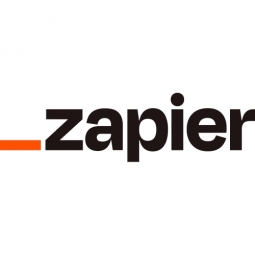Automating Multi-Step Sales Process: A Case Study of Graphiq
- Cement
- Telecommunications
- Product Research & Development
- Sales & Marketing
- Building Automation & Control
- Time Sensitive Networking
- System Integration
Graphiq, a graphic design agency based in Norway, faced a unique challenge in coordinating new project requests with designers located in different time zones across the globe. The company's mission is to make the internet look better by enabling businesses of all sizes to outsource their design requests to a global talent pool. However, the geographical dispersion of their designers posed a significant hurdle in managing the sales process. The process of manually transferring client information, creating new deals and contacts, notifying the team of new projects, and creating tasks and subtasks was time-consuming and inefficient. The challenge was to streamline and automate this multi-step sales process to ensure seamless coordination and efficient project management.
Graphiq is a graphic design agency based in Norway. The company's mission is to make the internet look better by enabling businesses of all sizes to outsource their design requests to a global talent pool. Graphiq works with designers all over the world, ensuring that their clients always have access to world-class talent when they need it. The company's services go beyond design, as they also help build brands. Graphiq's clients range from small businesses to large corporations, all of whom rely on the company for their design needs. The company's unique business model requires them to coordinate new project requests with designers in different time zones, making efficient project management crucial to their operations.
To overcome this challenge, Graphiq turned to Zapier, an app automation tool. Erik Sandsmark, the co-founder and Chief Design Officer at Graphiq, connected the company's sales tools, including Typeform, Slack, HubSpot, Gmail, and Wunderlist, through Zapier to build a fully automated sales workflow. When a client starts a project with Graphiq by filling out a typeform, the Zap triggers and automates the entire process. It sends the information in the typeform response to HubSpot CRM to create a new deal and update or create a new contact. This eliminates the need for manual data transfer. The Zap then sends a notification in Slack, alerting the team of new projects as they come in. It also uses the information from the typeform response to create a new project in Wunderlist, automatically building out a parent task for the project and several subtasks. Finally, the Zap sends an email to the client, informing them that their project request has been received and is being reviewed.
Related Case Studies.











